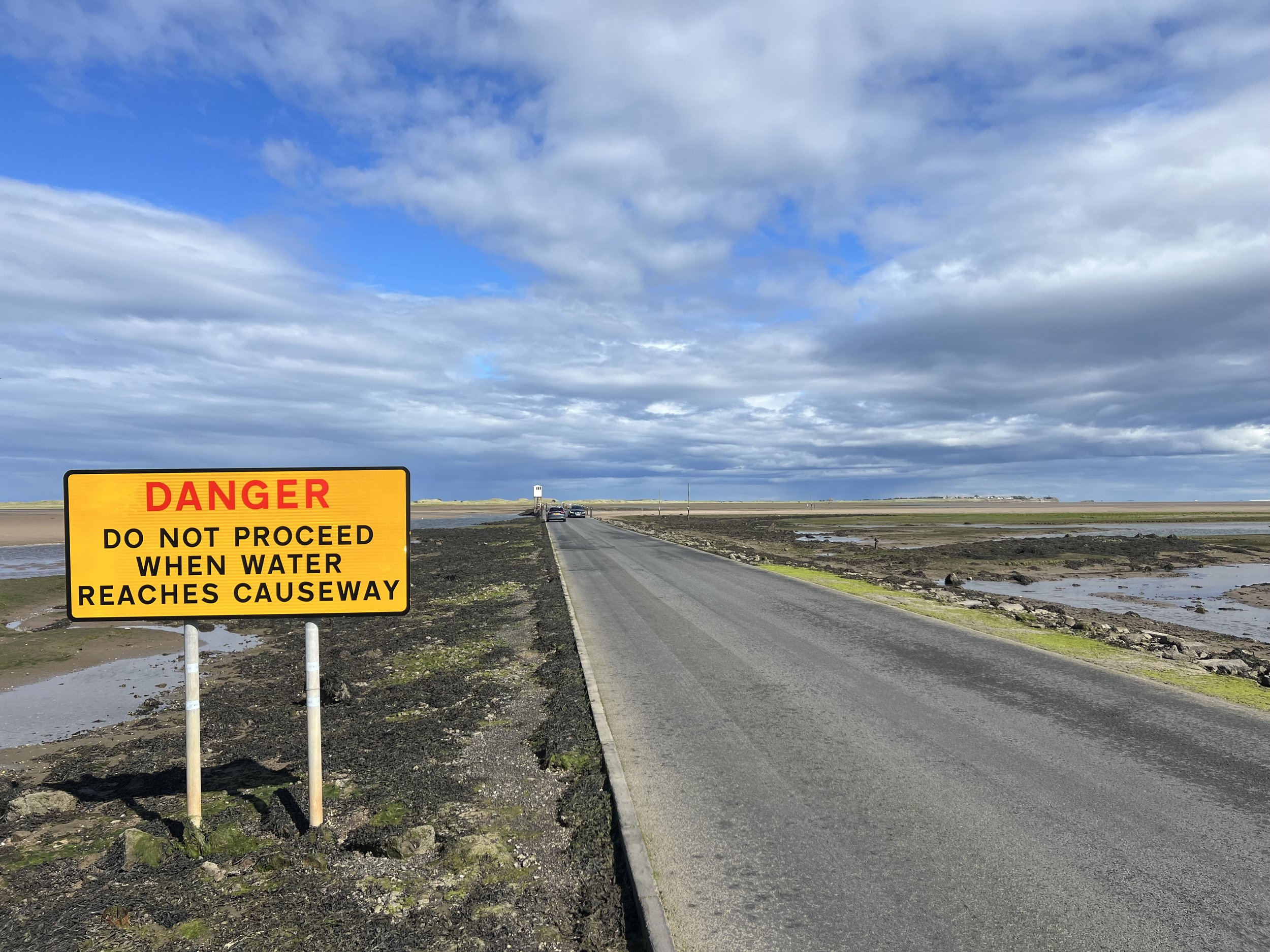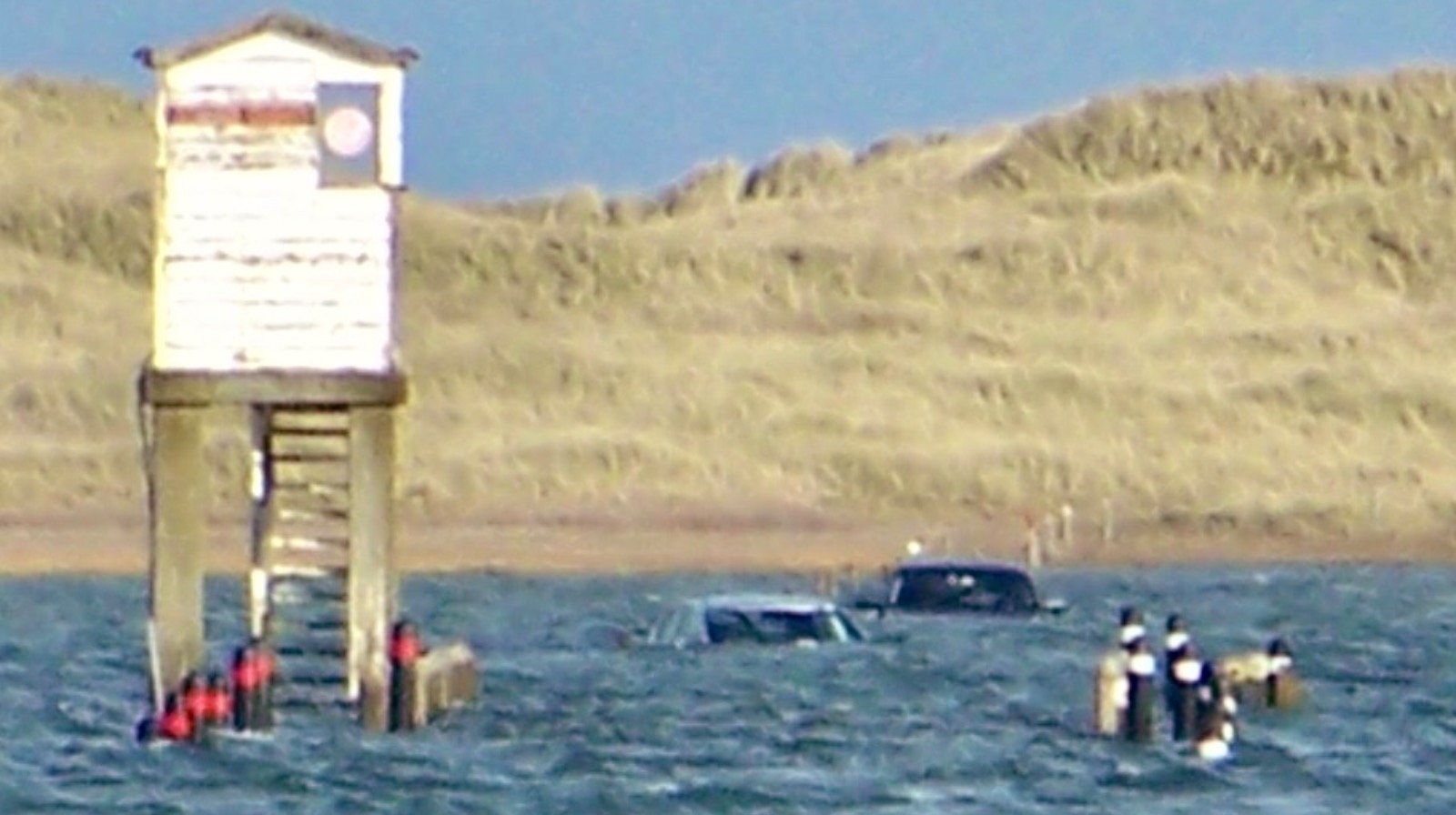An Old Friend
“A lifetime is so little a time that we die before we get ready to live.”
Home Sweet Edinburgh
Having called Edinburgh home for nearly two months last winter, spending another four nights felt a bit like a homecoming. It’s certainly been the closest return to “normality” we’ve experienced since beginning our travels nine months ago.
But it’s Sunday now and the Tattoo is behind us, which makes the pull to return home palpable, sometimes to the point of feeling overwhelming.
Thankfully, Amanda met Jacqueline through Dressing Your Truth. She and her husband Paul live near Glasgow and took the train into Edinburgh today to hang out with us. Fittingly, we met at the mosaic Heart of Midlothian outside St Giles Cathedral on the Royal Mile.
We felt almost immediately comfortable with Paul and Jacqueline. As you can see, Jacqueline and Amanda are two peas from the same pod.
Sunday was a gorgeous day so we left the Royal Mile and headed down Advocate’s Close and had drinks on the patio at The Devil’s Advocate.
We fell into an easy rhythm of conversation and before long had decided to have dinner together, crossing over into New Town to Dishoom.
After dinner we decided to keep the fun going and strolled down George Street to the beautiful Tigerlily lounge. At some point after 9 pm, we realized how late it was and that they needed to get the train back home.
Suffice it to say, we were all surprised how quickly seven hours flew by. We’re so glad we met up with Jacqueline and Paul and are grateful for some new friends and a very nice day together.
Monday felt like saying a long, final goodbye to a good friend we may never see again. We had one final breakfast at Bastard Barista.
Sufficiently hopped up on caffeine, Amanda headed off for the charity shops in Stockbridge, and I headed to Princes Street Gardens.
Amanda on the charming Circus Lane.
Amanda with another dime from her dad, encouraging her to hang in there over the next two weeks as she desperately wants to be home.
In the meantime, I had always wanted to tour the Scott Monument and had never taken the chance. I fixed that today, making it to the top and enjoying the spectacular view over lovely Edinburgh (the castle is behind me).
Afterward, I walked up Calton Hill one final time and tried to suck the marrow out of those final moments—surveying my favorite cityscape—the peaks, crags, castle, cathedral spires, and the grand Royal Mile with its mysterious wynds, closes, and vennels. Even after all this time, Edinburgh is enthralling and entrancing!
I walked past our merchant’s cottage on Gayfield Square one last time and then walked back home.
For dinner we followed the recommendation of our host and ate at Pizza Posto. Their website says, “Our authentic Neapolitan style pizza are made from slow rising multicereal dough and blast baked in our clay ovens.”
Oh man, was that not the most insanely good pizza! The crust was exceptional! Such a great and fitting ending to our time in Edinburgh.
Dunbar
On Tuesday morning I walked to Archipelago Bakery and bought our final white sourdough loaf. We sooo need a good bakery like this in Paso Robles.
“Everybody needs beauty as well as bread, places to play in and pray in, where Nature may heal and cheer and give strength to body and soul.”
From Edinburgh’s city center, we drove due east for 45 minutes to the coastal town of Dunbar.
Above is the romanticized Peter Pan-like statue of the world famous conservationist John Muir who was born in Dunbar in 1838 and roamed the wild coastline as a young boy.
“When we try to pick out anything by itself we find it hitched to everything else in the universe.”
Outside the John Muir Birthplace Museum—John's father, Daniel Muir, was posted to Dunbar as an army recruiting sergeant in the late 1820s. He went on to run a successful meal store from this building, and it was here that John was born.
“Of all the paths you take in life, make sure a few of them are dirt.”
Daniel was soon able to buy the big house next door (the birthplace museum is the white building to the left). Most of John's early childhood was spent in the house to the right.
Sadly, Daniel Muir was fanatically religious, and considered it his duty to protect the mortal souls of his children. For John, this involved frequent, brutal beatings and a pious, spartan lifestyle.
“Keep close to Nature’s heart, yourself; and break clear away, once in a while, and climb a mountain or spend a week in the woods.”
When the New World opened to immigration, Daniel moved his family to the recently established colonies in Wisconsin.
John never lost his Scottish accent since he was already 11 years old when he and his family emigrated to America.
As an adult, he finally settled in San Francisco and immediately left for a week-long visit to Yosemite, a place he had only read about. Seeing it for the first time, Muir notes that “He was overwhelmed by the landscape, scrambling down steep cliff faces to get a closer look at the waterfalls, whooping and howling at the vistas, jumping tirelessly from flower to flower."
Contrary to the thinking of the day, John was convinced that Yosemite Valley had been formed by glaciers. Eventually, he proved himself to be right, influencing scientific thought in the process.
I suppose I should leave some stuff to talk about once we get home, so I won’t say too much here, but Amanda and I were both deeply moved by how much one man did to awaken the modern conservation movement. I found the museum to be quite an emotional experience.
“Wash your spirit clean from the earth-stains of this sordid, gold-seeking crowd in God’s pure air.”
Dunbar harbor
The very cool harbor entrance.
The Dunbar Castle ruin sits behind Amanda at the edge of Dunbar harbor. Long before John Muir played among the ruins, Mary Queen of Scots stayed in the castle.
Two days after her husband Lord Darnley and other Lords' successful plot to murder Rizzio in 1566, she escaped to Dunbar, riding for five hours while pregnant with Darnley's son, (who became James VI of Scotland).
Mary rallied her supporters at Dunbar and returned triumphantly to Edinburgh a week later, when those who carried out the murder fled to England.
Dunbar Castle was also the place where the Earl of Bothwell brought Mary when he essentially abducted her in 1567. Mary and Bothwell were married soon after at Holyroodhouse in Edinburgh.
England!
After more than two months in Scotland—from Gretna Green, to Speyside, to the Hebrides, to the Highlands, to Orkney and Shetland—we finally crossed back into England.
The England sign on the southbound A1 just north of Berwick-upon-Tweed. Scottish flags greet northbound traffic across the motorway.
The St George, Union Jack, and Northumberland flags on the southbound side.
Holy Island
Holy Island, also called Lindisfarne and the Holy Island of Lindisfarne, is a tidal island off the northeast coast of England.
There is a “Safe Crossing Times” list posted online that you must consult when planning a visit to the island. We crossed on August 22, so we had until 5:30 pm to cross. After that, we could not leave until 10:20 am the following morning.
Because the world is full of people who ensure the perpetual need for emergency services, there is the Lindisfarne Causeway Emergency Refuge Hut halfway across the causeway.
Don’t be a pillock!
Yep…they really mean it when they say don’t cross!
Shortly after crossing onto the island, there is a turn-off to Snook House.
Snook Tower (Little is known about the property. The tower may have been a windmill.)
Snook House
Snook house’s claim to fame is featuring in the hit TV crime drama series Vera, based on novels by Ann Cleeves.
The series is filmed in Northumberland and follows Detective Chief Inspector Vera Stanhope, as she solves one gruesome murder after another, often in beautiful locations in the region. It should go without saying (but I will anyway)—we love Vera!
Snook house is shown as her residence, and the causeway sometimes makes an appearance.
In the novels, Vera does not live on Holy Island, though the TV series does suggest that she does, showing Snook House and the detective driving across the causeway.
As viewers have suggested, living on the island would make it challenging for Vera to get to work urgently. Then again, fiction is fiction, and the creative licence allows the series to show the island’s beautiful scenery.
We stayed that night on the island at The Manor House Hotel. We were in the upstairs room with the open window.
The hotel room was a crummy old hotel room with a tiny double bed and a price tag that was inversely correlated to the quality of the room, but the view was impressive.
Lindisfarne Castle is one of the UK’s most iconic landmarks. Next to Edinburgh Castle, I’m not sure any other castle sits so prominently atop a massive rock outcropping.
Today it is sometimes called the castle (that’s not a castle), on an island (that’s not an island). This is because, although It was genuinely built as a castle in the mid-1500s, Edward Hudson of Country Life magazine took on the lease in 1901 and had the castle refurbished to meet his tastes.
Today you can visit the castle, but it’s now more country chic than medieval mansion.
Directly next to our hotel (the white building) is the ruin of Lindisfarne Priory.
Throughout Scotland and England there is a strong connection between monastic life and island life. It’s no surprise then that, St Aidan, an Irish monk from lona (another island monastery), founded a monastery on Holy Island in 635. The island came to be celebrated for its links with St Cuthbert, and as the birthplace of the Lindisfarne Gospels.
As if to prove the monastic-island connection, St Cuthbert's Island sits just behind the Priory. As the tide rises, it becomes completely separated from Holy Island (a tidal island off a tidal island, if you like). The legend is that St Cuthbert used to escape here when he wanted to retreat away from the monks in the priory.
There is a tradition in the northeast of England of fishermen using redundant herring boats as storage sheds for their nets and other equipment. As the fishing industry has changed and evolved over the years the places where these traditional huts survive has diminished, but Holy Island is one of the few places where they remain in abundance.





































